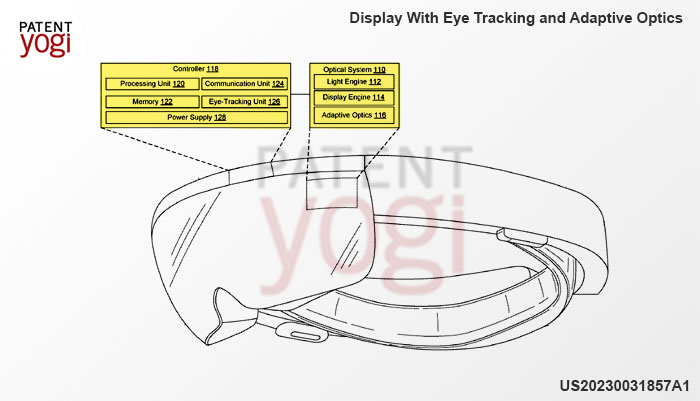Microsoft has filed a patent application for a new type of near-eye display (NED) device that utilizes an eye-tracking unit to optimize the user’s experience. NED devices, such as head-mounted displays (HMDs), use optical systems to translate generated images from a light engine to the user’s eye.

Traditionally, these devices generate high-resolution images for a large area in front of the eye, known as the “eye box,” to account for the variability of head size and interpupillary distances. However, this approach can result in lower image quality due to potential optical imperfections and expensive processing.
The new NED device, described in the patent application, overcomes these limitations by using eye-tracking to determine the pupil position and gaze direction of the user’s eye. With this information, the device can then use adaptive optics to direct high-resolution light rays to the user’s pupil while allowing lower resolution light rays to reach the periphery of the eye.
This approach eliminates the need to produce high-resolution images for the entire eye box, reducing processing expenses and improving image quality. The NED device can also correct for any aberrations exhibited by the optical components.
In conclusion, Microsoft’s latest patent application shows its commitment to developing innovative NED technology that improves the user’s experience while reducing costs.


